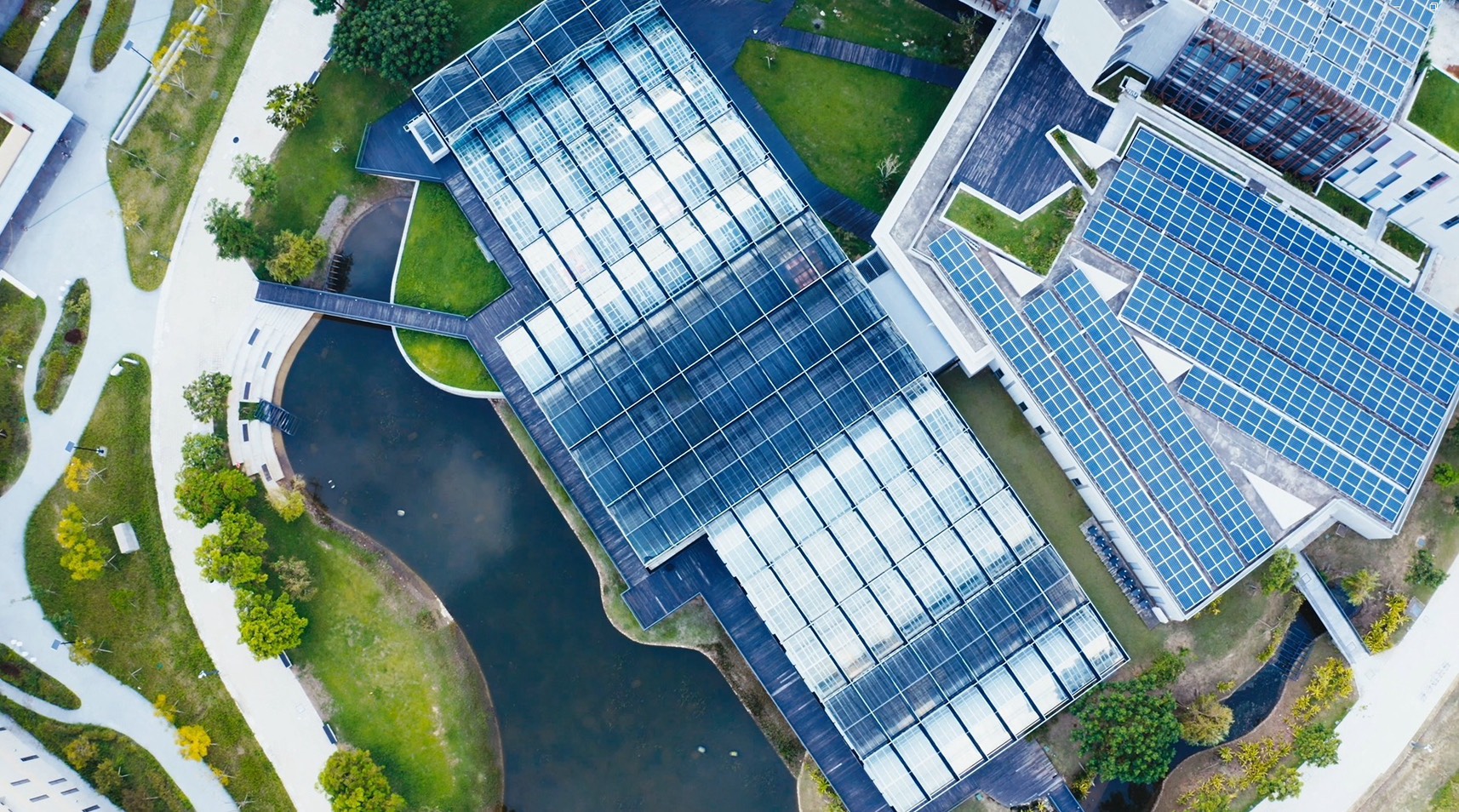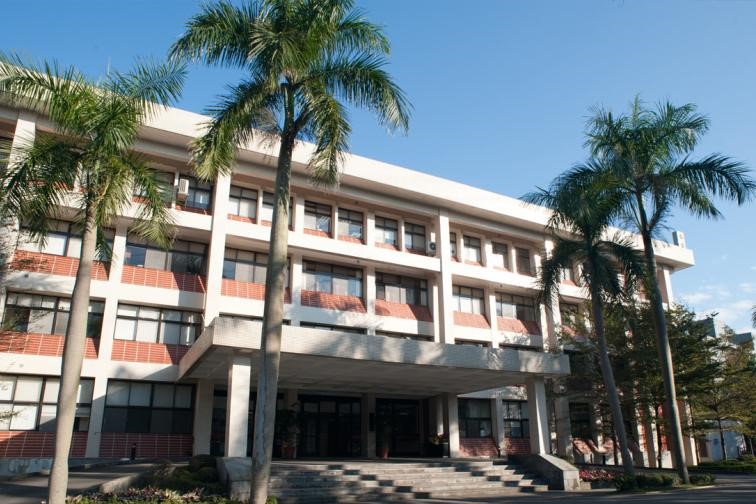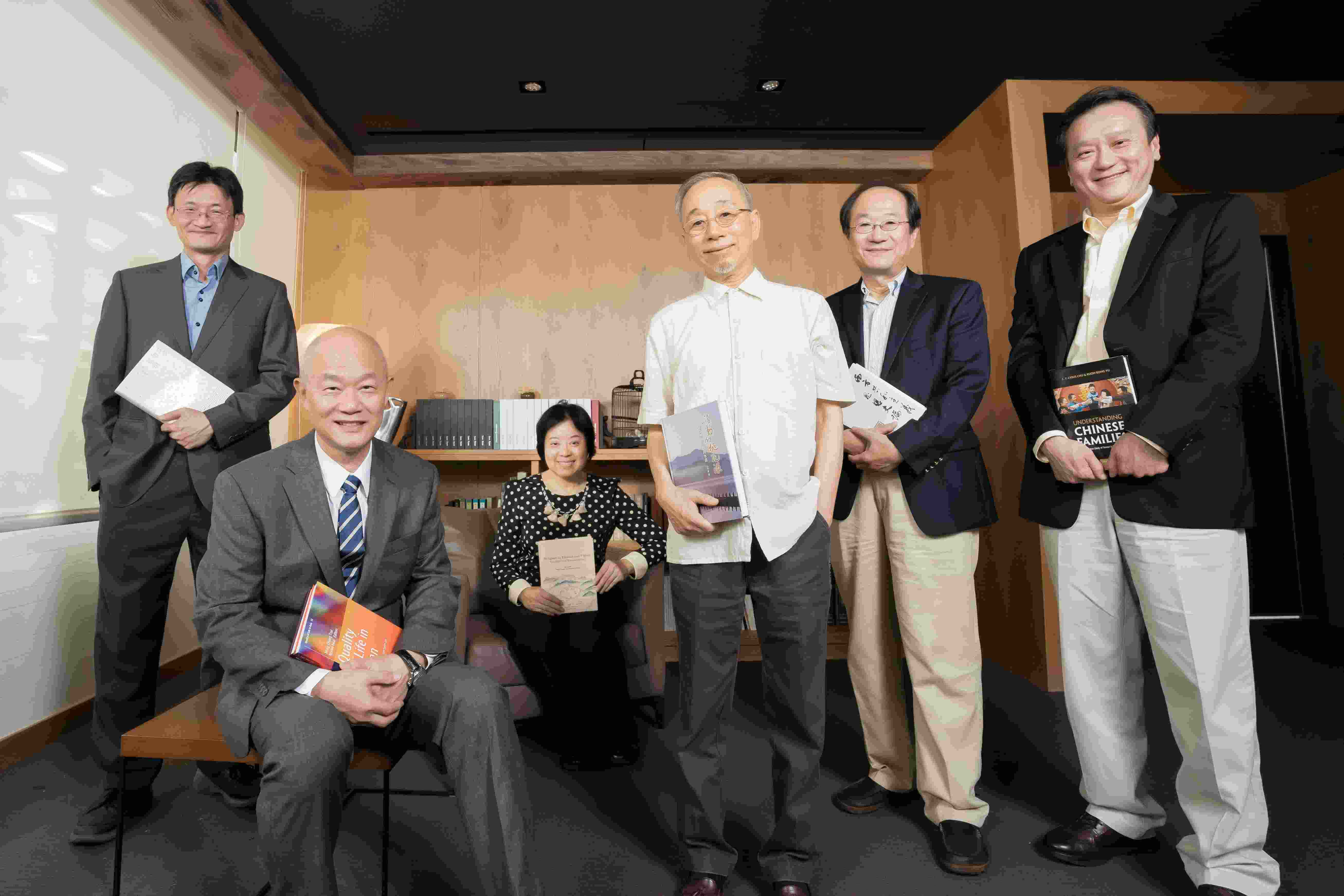- 演講或講座
- 原子與分子科學研究所
- 地點
原分所浦大邦講堂 (臺大校園內)
- 演講人姓名
Dr. Shayne Bennetts (Strontium BEC Group, Institute of Physics, University of Amsterdam, The Netherlands)
- 活動狀態
確定
- 活動網址
Abstract:
I will describe my work developing three very different kinds of lasers. I will begin in the classical world of high power (hundreds of watts) and high efficiency solid state and fiber lasers with frequency conversion to the mid-IR (3-5um) and 2um wavelength bands. Over several generations of development, we increased efficiency by an order of magnitude and scaled world record output powers by two orders of magnitude. This was largely thanks to new architectures that we pioneered for thulium and holmium fiber lasers. Our commercialized thulium fiber lasers are now the `eyesafe’ laser of choice for industrial, medical and defense applications. Moving from conventional to unconventional, I next tackled the first continuous “atom laser”, a challenge that had remained unsolved since the demonstration of the first pulsed atom laser back in 1997. Our work [1, 2], culminated in the first continuous Bose-Eistein Condensate (BEC) that we published recently in Nature [3]. This result, essentially the first continuous atom laser (minus an outcoupling) could provide a paradigm shift for quantum sensing from pulsed to continuous measurement. I will finish with my work towards the creation of the first continuous superradiant optical clock, an “active optical clock”. This ongoing work builds on the technology we developed for continuous BEC [1-3] and offers solutions to the ongoing challenge of producing a better frequency standard which underpins our entire SI system of measurement [4].
[1] C.-C. Chen et al., Chapter Six - The path to continuous Bose-Einstein condensation, Adv. In Atomic, Molecular and Optical Physics 72 361 (2023).
[2] S. Bennetts et al., Steady-State Magneto-Optical Trap with 100-Fold Improved Phase-Space Density, PRL 119 223202 (2017).
[3] C.-C. Chen et al., Continuous Bose-Einstein condensation, Nature 606 683 (2022).
[4] https://en.wikipedia.org/wiki/International_System_of_Units









 首頁
首頁

